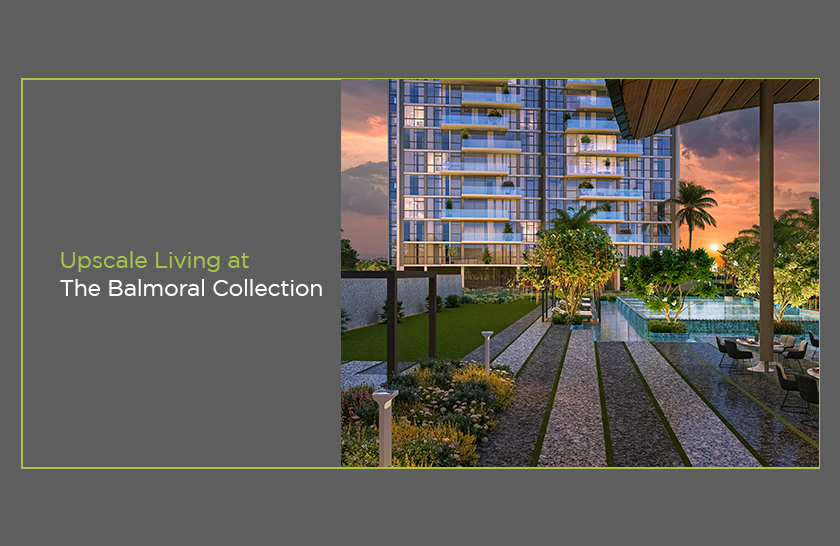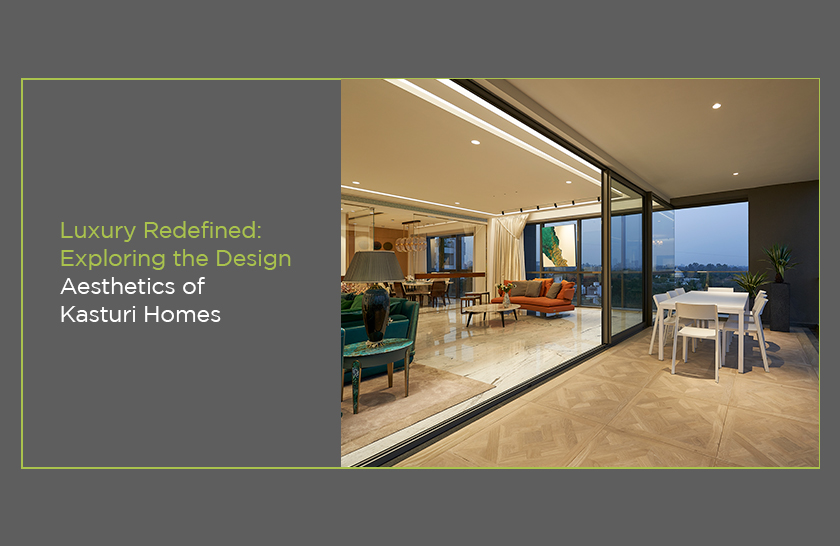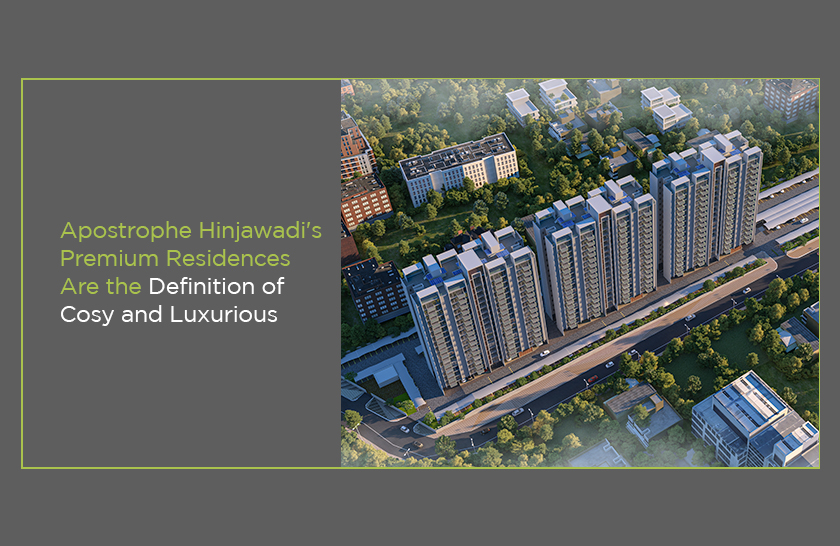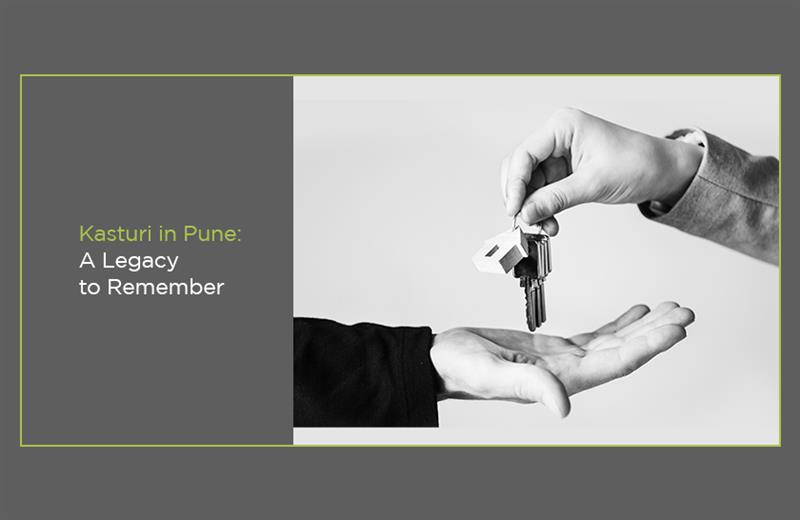In this modern age of technology, we are evolving at a tremendous speed, moving towards cutting-edge technology and innovative thinking to enhance customer experience.
Even the field of real estate is going through some significant changes in terms of home sales. One of the most innovative ways popular in the market is Virtual Reality.
Virtual Reality is a computer-generated environment or setting that offers users the sensation of being in a virtual environment with real-looking scenes as well as objects. Although it still appears to be genuine, augmented reality is really a deception designed to give viewers the sensation of realism. To create virtual reality, a VR headset and perhaps even a helmet is used.
How does Virtual Reality work?
If you remember a few years ago, we used to watch movies with those 3D glasses made out of plastic and films to get a third dimension view. Technology has come a long way since then, and the 3D effect has been mastered with state-of-the-art technology.
Today, virtual reality interacts with all our senses to give us a real-world feeling rather than 2D imagery.
Virtual reality is a software-based simulation that gives users the sensation of being in a real environment. Virtual reality headsets, which are devices that replace our environment, are an important element of this. This is indeed a sophisticated technology that tracks your motions and interactions with the said virtual environment. In VR headsets, gyroscopic sensors, accelerators, as well as magnetometers work in collaboration with our senses to provide a realistic experience.
Virtual Reality in the Real Estate
Real estate developers have been paying very close attention to virtual reality, which is said to represent the positive future of sales in the industry. Virtual reality is already on its way to changing the real estate sales industry.
The main reason to develop virtual reality is to improve the sales process for luxury properties, off-market properties, and international investors. Using virtual reality for real estate, you can design the property with the help of software. The main advantage of this type of sales strategy is that your clients do not have to physically visit the property. You can use virtual reality for property. You can offer the same level of experience to someone sitting in their offices, their home, or even in different countries.
You can have a virtual reality property viewing for your real estate. Using a VR headset, your clients can experience the details that your property offers. You do not have to prepare a sample flat or put expensive furniture to impress your clients and convert those leads.
The buyer may obtain a thorough picture of the home via virtual reality, and then they can wander around checking over every feature. You may offer an insight into each and every area of your home, from the flow of the house to the aesthetic possibilities.
Why employ virtual reality since we can just create a dramatic film and take some high-resolution photographs to convey the same necessary data? It’s tough to capture minute detailed information in a video or photograph, as well as the depth of field might confuse your viewers even more. Virtual Reality may fill in these gaps and provide your buyers with an experience that seems to be similar to viewing the property in person.
Pros and Cons of Virtual Reality
With new technology like this, there are always a lot of pros and cons for the same. Here are a few things you should know about Virtual Reality that can be a boon or bane for your project.
Pros
Virtual World sounds enticing to a lot of users and getting a chance to visit your dream home before they are developed can bring in a lot of leads.
- The main benefits of VR in real estate industry are cost-efficiency. You do not need to invest in building a reference home to give your users a shrewdness of the property.
- It also saves your purchasers a deal of time and effort because they don’t have to personally see the property.
- They may take a visit to the property whenever they want and as many times as they really want to get a sense of it.
- Virtual reality gives you an opportunity to be extremely creative with your designs, and you can create a design that appeals to your target audience.
Cons
With all the benefits you get with Virtual Reality, there are a few drawbacks to it too.
- The fundamental issue with the VR sales cycle is that the majority of people do not own a VR headset or perhaps even a helmet.
- Quite a few people are unfamiliar with virtual reality since it is a new concept, which makes it difficult to explain.
- A whole other issue with this technology seems to be that people would misinterpret the experience and dismiss it as nothing more than a gimmick to gain attention.
Conclusion
Even though Virtual Reality has gone a long way, there seems to be a lot of opportunity for growth. The most important thing seems to be to raise knowledge of the technology and how that might assist in changing the real estate sales process. Visit us at Kasturi for more information
FAQs
- Does virtual reality increase sales?
AR allows users to connect longer with items in a more customised way, rather than being constrained by a certain amount of pre-posted photos or videos, producing a strong sales channel that is constantly there at the customer’s leisure.
- How does VR change real estate?
With the exception of traditional physical visits, AR and VR deliver entertainment, personalisation, and time to enjoy the home. These immersive technologies additionally give realtors valuable information about user behaviour and preferences, helping them to better future encounters.
- Why VR is good for real estate?
Through the use of virtual reality technology, one might also quickly look for and review a property. One does not have to devote hours or even days touring various locations; instead, one may use a Virtual reality headset and otherwise devices while sitting on the couch to do the task.






